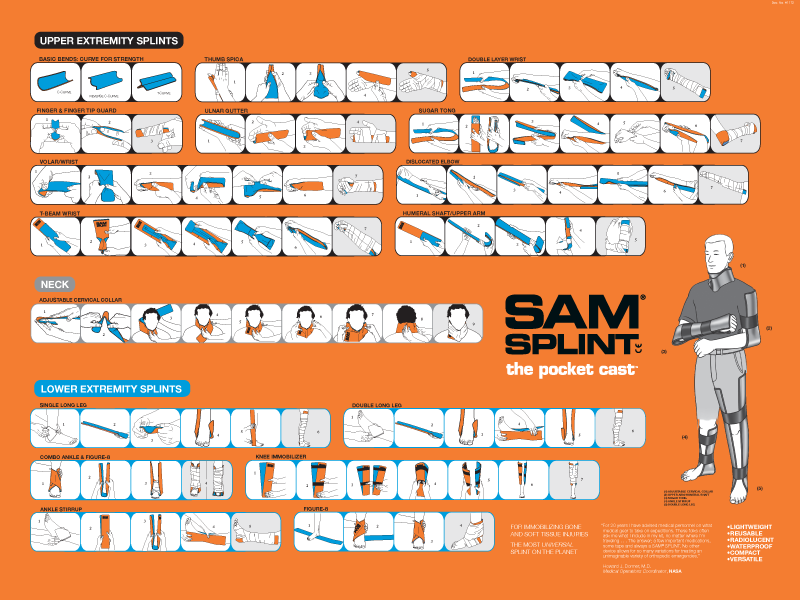To not derail the thread, I guess it's possible to go camping today with modern water filters and tiny alcohol stoves, but I just can't bring myself to leave the fixed blade behind. I'm a 'what if" kind of guy, and worry about fuel canister leaking, stove breaking if fell on in a fall while wearing the pack,
Carl, your posts causes me to wonder what stoves you've used and what experiences good, bad, or ugly you've had with them.
There are some stoves I won't touch. I know some folks swore by the old Coleman Peak 1 but I've heard more people swearing at them. I refuse to use or gift an MSR anything. I've twice had to carry somebody's flaming MSR stove out of a winter hut (Crag Camp) and in both cases, the failure was the same - the plastic pump leaked and caught fire putting the fuel bottle in full melt down mode.
But there are other stoves I've used that have been among the most reliable and durable equipment I've ever owned. The Batchstovez and Trangia stoves are brutally reliable and after 30 years of consistent use, my Svea 123 has shown itself as super reliable. None of these stoves have ever failed on me.
Or just someone slipping a breaking a leg. The last has happened to me once, and I was caught short and had to make do with a pocket knife. Never again.
Happened to me too, which I why I prefer a robust folder but... saplings aren't always available and make for lousy cervical collars. The foldable SAM splint can be used in a huge variety of ways and weighs very little. Despite it's bulk, it's made its way into my 1st aid kit, just in case.







